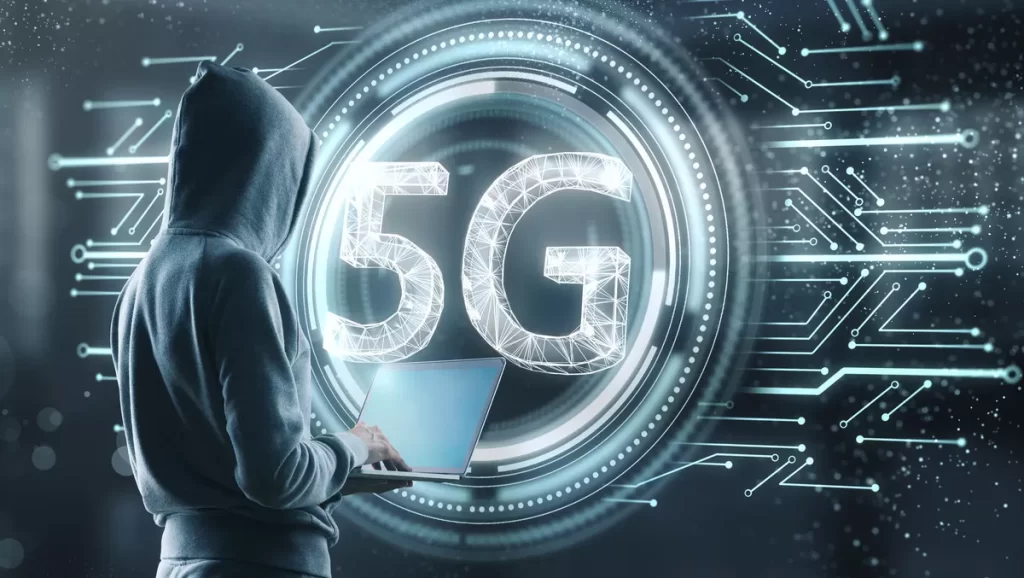Cyber Security in the Era of 5G: New Challenges and Solutions
Navigating the Cyber Security Landscape in the 5G Era

Explore the new challenges and solutions in cyber security in the era of 5G. Understand the risks, strategies, and advancements in securing 5G networks.
The advent of 5G technology heralds a new era of connectivity, promising unprecedented speed and capacity. However, this technological leap also presents new challenges in the realm of cyber security. This article delves into these challenges and explores the innovative solutions being developed to secure our digital future in the 5G era.
The New Challenges of 5G Cyber Security
The 5G revolution promises to transform our world with high-speed connectivity, low latency, and increased network capacity. However, these advancements also open the door to new cyber threats. The increased number of connected devices, the complexity of 5G networks, and the vast amount of data being transmitted create a fertile ground for cyber attacks.
One of the primary challenges in 5G cyber security is the increased attack surface. With more devices connected to the network, there are more potential entry points for hackers. Additionally, the decentralised nature of 5G networks makes them more difficult to secure than their predecessors.
Another challenge is the complexity of 5G networks. The use of new technologies such as network slicing and edge computing introduces new vulnerabilities that need to be addressed. Furthermore, the reliance on software-defined networking (SDN) and network function virtualisation (NFV) in 5G networks adds another layer of complexity to cyber security.
Innovative Solutions in the 5G Era
Despite these challenges, the cyber security industry is rising to the occasion with innovative solutions. One such solution is the use of artificial intelligence (AI) and machine learning (ML) to detect and respond to cyber threats in real-time. These technologies can analyse vast amounts of data to identify patterns and anomalies that may indicate a cyber attack.
Another promising solution is the development of advanced encryption techniques to secure data transmission in 5G networks. Quantum cryptography, for instance, is being explored as a potential solution to secure 5G networks against even the most sophisticated cyber attacks.
Moreover, the cyber security industry is also focusing on developing robust security standards and protocols for 5G networks. These standards aim to provide a framework for securing 5G networks and devices, thereby reducing the risk of cyber attacks.
Securing Our Digital Future
In the era of 5G, the importance of cyber security cannot be overstated. As we continue to embrace this new technology, it is crucial that we remain vigilant and proactive in securing our networks. Through innovation and collaboration, we can navigate the challenges of 5G cyber security and ensure a secure digital future.
The road ahead may be filled with challenges, but it also holds immense potential. By leveraging the power of AI, developing advanced encryption techniques, and establishing robust security standards, we can turn these challenges into opportunities for enhancing our cyber security in the 5G era.

Comments are closed, but trackbacks and pingbacks are open.